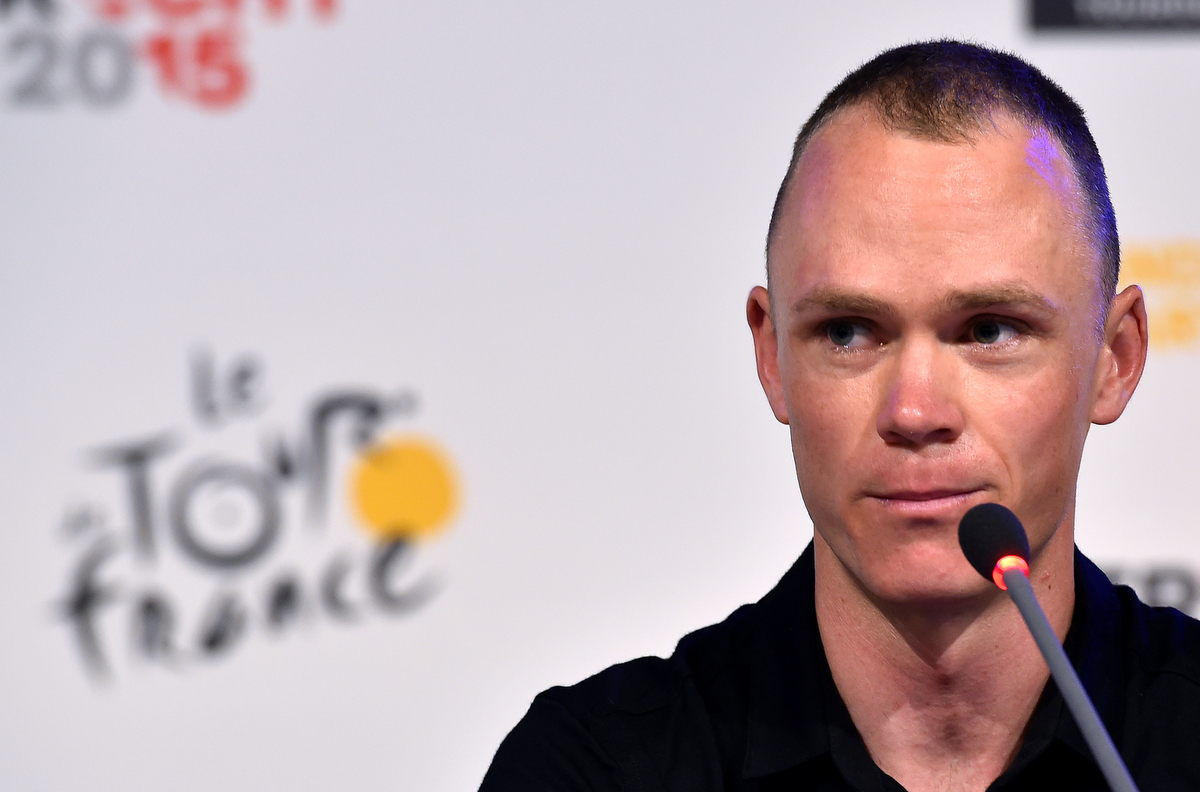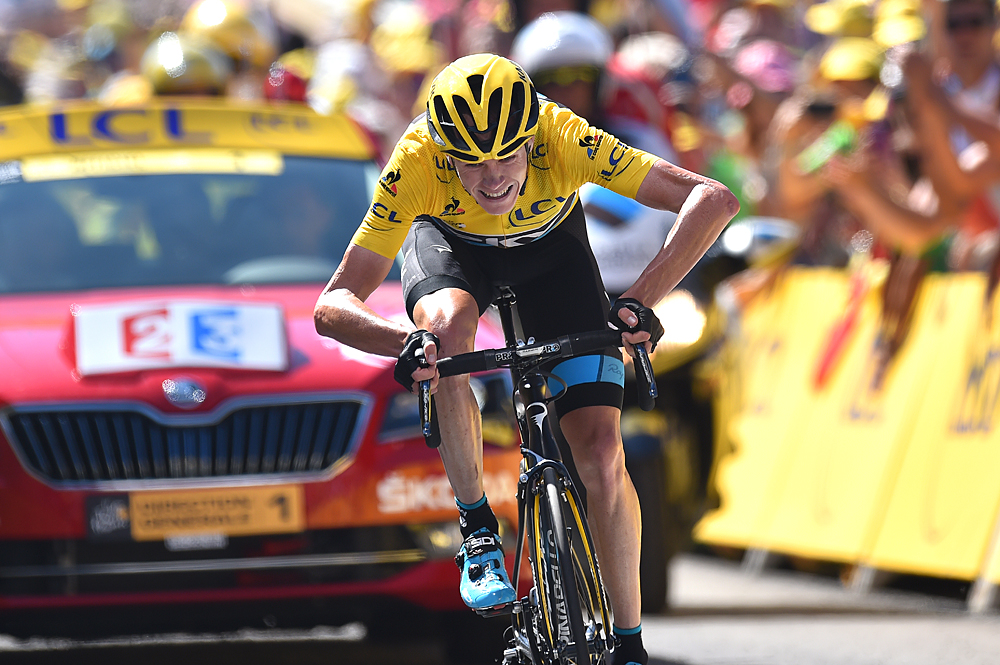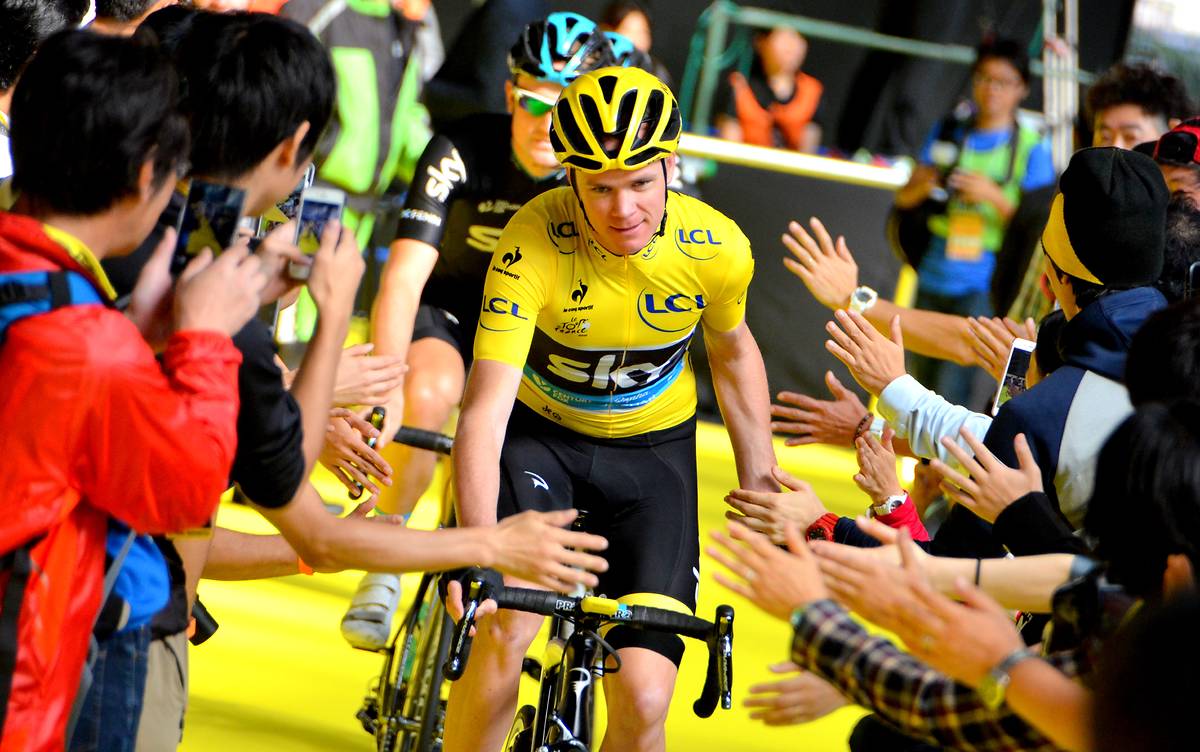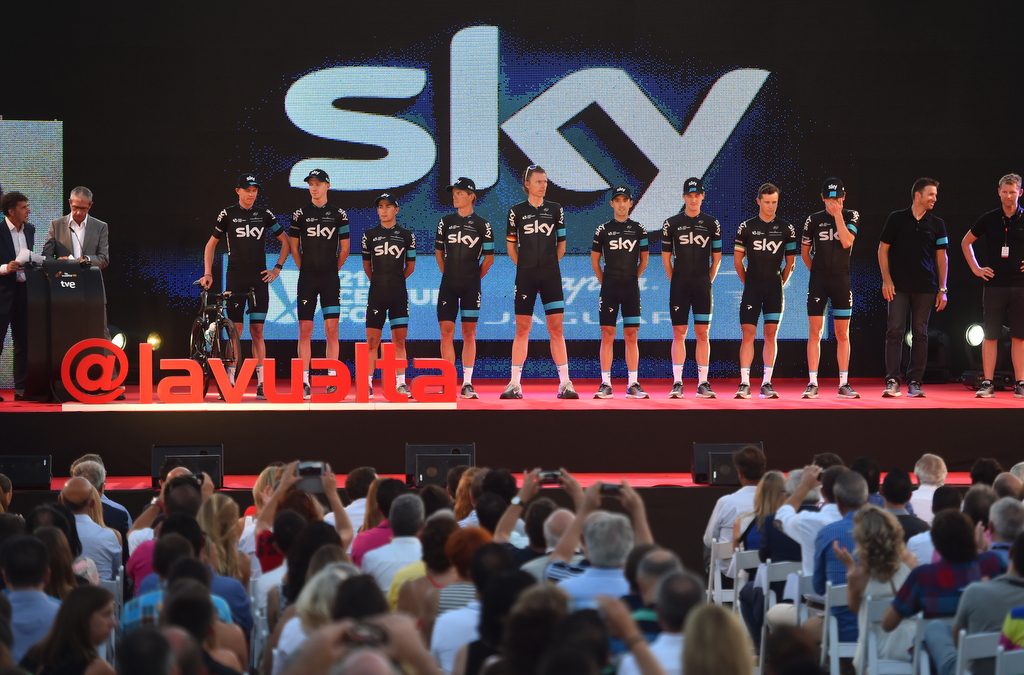Froome’s physiological testing insufficient, says Grappe
Longitudinal system the only way to restore integrity





The physiological testing undergone by Chris Froome this summer, the results of which were published today in Esquire magazine, has been labeled “insufficient” by sports scientist Frédéric Grappe.
Grappe, who works as performance director at the FDJ team, was the man who was tasked by Team Sky in 2013 with analysing a cross-section of Froome’s values in an attempt to quell speculation stemming from his debut Tour de France victory. The suspicion surrounding Froome’s second Tour victory this year was more intense still, and the 30-year-old has sought to appease the doubters by painting this picture of his physiological profile.
Though Grappe says the testing was a good step, he told Cyclingnews that the process was insufficient; that there were numerous aspects that could have been measured or published but weren’t; and that the results mean little without the context of a longitudinal system of evaluation.
“It is very insufficient. It shows that he has a huge aerobic potential, but that’s it, there are no more indications than that,” said Grappe.
“What is surprising is that they didn’t give us the maximum heart rate – it’s not there, they didn’t give the result. I don’t know why. Similarly, they didn’t give the lactate threshold. Explosiveness, the same; there are no explosiveness values – efforts of a few seconds. That would have been interesting to see.
“And surprisingly, we don’t have a value for gross efficiency. That I find very surprising. It’s the relationship between power and oxygen consumption. If he is 21% or 23% efficient, it’s not the same. That impacts upon the level of effort on climbs; you don’t produce the same number of watts with 23% efficiency as with 21%. But they haven’t given those values.
“It’s not a complete picture,” Grappe concludes. “It shows that he has a very high VO2max – up there with the highest in athletes – but on the other hand we don’t know his power profile, that’s what’s missing. It's not sufficient as a guage of anti-doping. Many riders can have that profile, but it is necessary to go further in the evaluation."
Get The Leadout Newsletter
The latest race content, interviews, features, reviews and expert buying guides, direct to your inbox!
Read More...
>> LeMond: Froome 'within the realm of human performance' at Tour de France
>> Vayer says Froome's supposed Ventoux data was leaked, not hacked
>> Team Sky releases Froome's power data
>> Lance Armstrong: Tour de France doping questions about Froome are ‘my fault’
The aerobic potential was there all along
The results published in Esquire don’t relate exclusively to the tests Froome underwent between the Tour de France and Vuelta a Espana this year; he was also able to track down data from testing back in 2007, from the UCI World Cycling Centre.
Critics have long called for the Kenyan-born rider to release data from before his dramatic improvement from middle of the road rider to Grand Tour contender, which can be pinned to the 2011 season, in which he finished second at the Vuelta a Espana. The discovery of – and subsequent ability to treat – the parasitic disease Bilharzia has been cited as one of the factors behind the transformation.
Grappe told Cyclingnews that the results, which chart a VO2 max of 84.6 in 2015 and 80.2 in 2007, show that Froome’s aerobic potential was indeed there all along, and he points to the loss of weight in that period as a factor in allowing him to produce his performances, especially on the climbs.
“The first thing to say is that the test confirms one thing: that he has a very high VO2 max. It confirms it because in 2007 it was already high and now we find a relatively similar value. It shows that the profile he has today, in terms of his aerobic potential, was already present," he said.
“The big difference is that he has lost a lot of weight, which has allowed him to reach his level in the mountains. One kilogram on a climb of seven to eight per cent can save you five watts, so if he lost seven kilos then that’s 35 watts. It’s a lot – it’s enormous. Being one kilo lighter on Alpe d’Huez can give you 30 seconds, so it’s huge. So the fact he lost a lot of weight allowed him to be able to climb like he does – it’s a bit like Wiggins.
“It also shows that he has a relatively low heart rate, because in the midst of exercise it was at around 140 [beats per minute], which is very low. It’s extremely rare to see athletes with a heart rate that low at that level of effort.”
Other riders to release their data:
>> Bradley Wiggins (2009)
>> Lance Armstrong (2009)
>> Tom Dumoulin (2015)
A longitudinal system
For Grappe, the study doesn't tell us enough. Besides the perceived shortcomings of the study itself, outlined above, the FDJ performance director's main argument is that Froome’s results cannot offer a true picture of his general physiological profile, and much less act as a yardstick in the anti-doping debate.
The only way the tests can mean anything is if they are used as part of a much broader system of evaluation, one where data is collected over a longer timeframe and from a range of situations. It would be like a blood passport but with power data.
“The lab test was a start, but it must be followed up longitudinally, recording his performances and power data throughout the year, in training and in competition. You make a physiological profile – without that, there is not enough to go on," Grappe tells Cyclingnews.
"What I ask myself is why Sky don't publish a power profile since he’s been there. We [FDJ] have done it for all our riders. Why not publish it? I ask myself, as well as others, for many years, why we don't have an independent organisation that collects power data. [At FDJ] We have profiles of all the riders, and at other teams too, but you need to use these things otherwise we are always going to return to square one.
“We must always do lab test like this one – that’s great – but you must then marry that to a power profile with the values from training as well as competition. Then we’d be close to zero tolerance on doping and we’d be very close to sporting integrity.”
Patrick is a freelance sports writer and editor. He’s an NCTJ-accredited journalist with a bachelor’s degree in modern languages (French and Spanish). Patrick worked full-time at Cyclingnews for eight years between 2015 and 2023, latterly as Deputy Editor.
